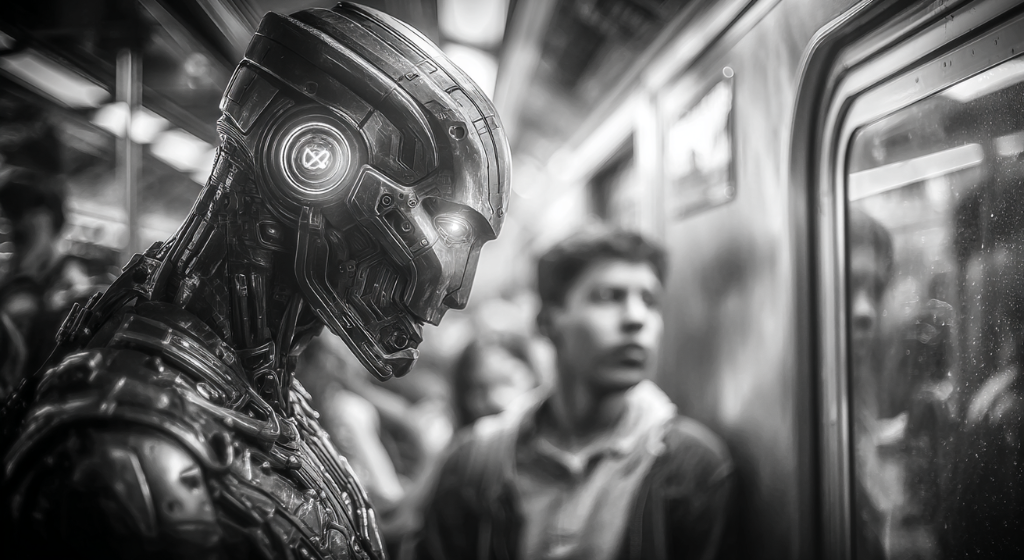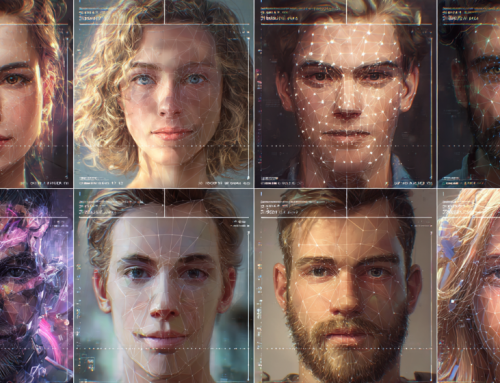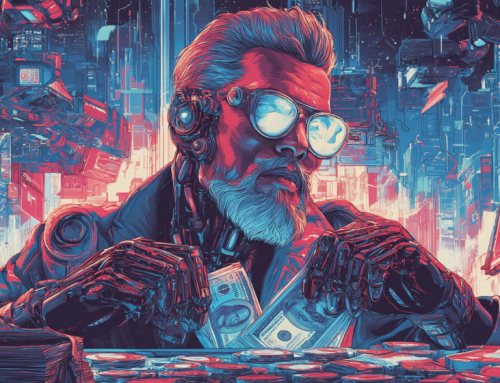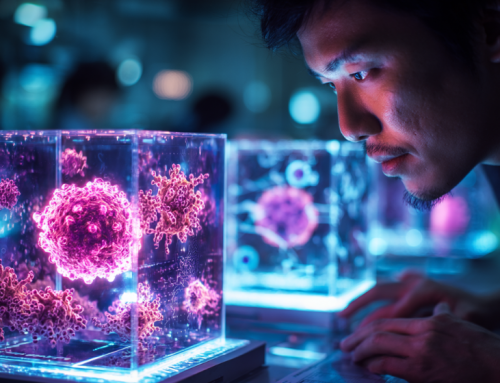
The MTA is rolling out AI-powered surveillance on NYC subway platforms to flag suspicious activity and alert police, sparking both hopes for safety improvements and backlash from civil liberties groups concerned about bias and overreach. (Source: Image by RR)
Officials Claim AI Will Help Police Respond Faster to Potential Threats
New York City’s Metropolitan Transportation Authority (MTA) has announced plans to deploy AI to detect suspicious activity on subway platforms and automatically alert law enforcement. This initiative, described by MTA’s head of security Michael Kemper as “predictive prevention,” aims to enhance public safety by identifying potentially dangerous behavior before it escalates into violence or crime. The AI software will monitor live video feeds from the vast network of surveillance cameras installed across the subway system.
MTA officials clarified that the AI system will not employ facial recognition technology, a point emphasized by spokesperson Aaron Donovan in response to public concern over privacy violations. Instead, the software will analyze behaviors and patterns to flag activity deemed suspicious, such as loitering, erratic movement, or unauthorized access to restricted areas. This technological upgrade, according to an article in the-decoder.com, comes in the wake of several high-profile attacks on subway platforms that have raised concerns among commuters and city officials.
However, the plan has drawn criticism from civil liberties advocates, including the New York Civil Liberties Union (NYCLU). Justin Harrison, policy counsel at NYCLU, voiced concerns about the potential for AI systems to make errors, citing their well-documented struggles with bias and accuracy. He warned that such technology could exacerbate existing inequalities, especially for communities already over-policed. Civil rights groups argue that increased surveillance risks criminalizing ordinary behavior and eroding the privacy of millions of New Yorkers.
The MTA has already completed the installation of surveillance cameras on every subway platform and inside every train car, significantly expanding its surveillance infrastructure. Currently, about 40 percent of these feeds are actively monitored in real time, with the rest used for post-incident analysis. The addition of AI to this surveillance network marks a shift toward automated law enforcement tools in one of the nation’s busiest public transit systems—a move that could have wide-reaching implications for both public safety and civil liberties.
read more at the-decoder.com







Leave A Comment